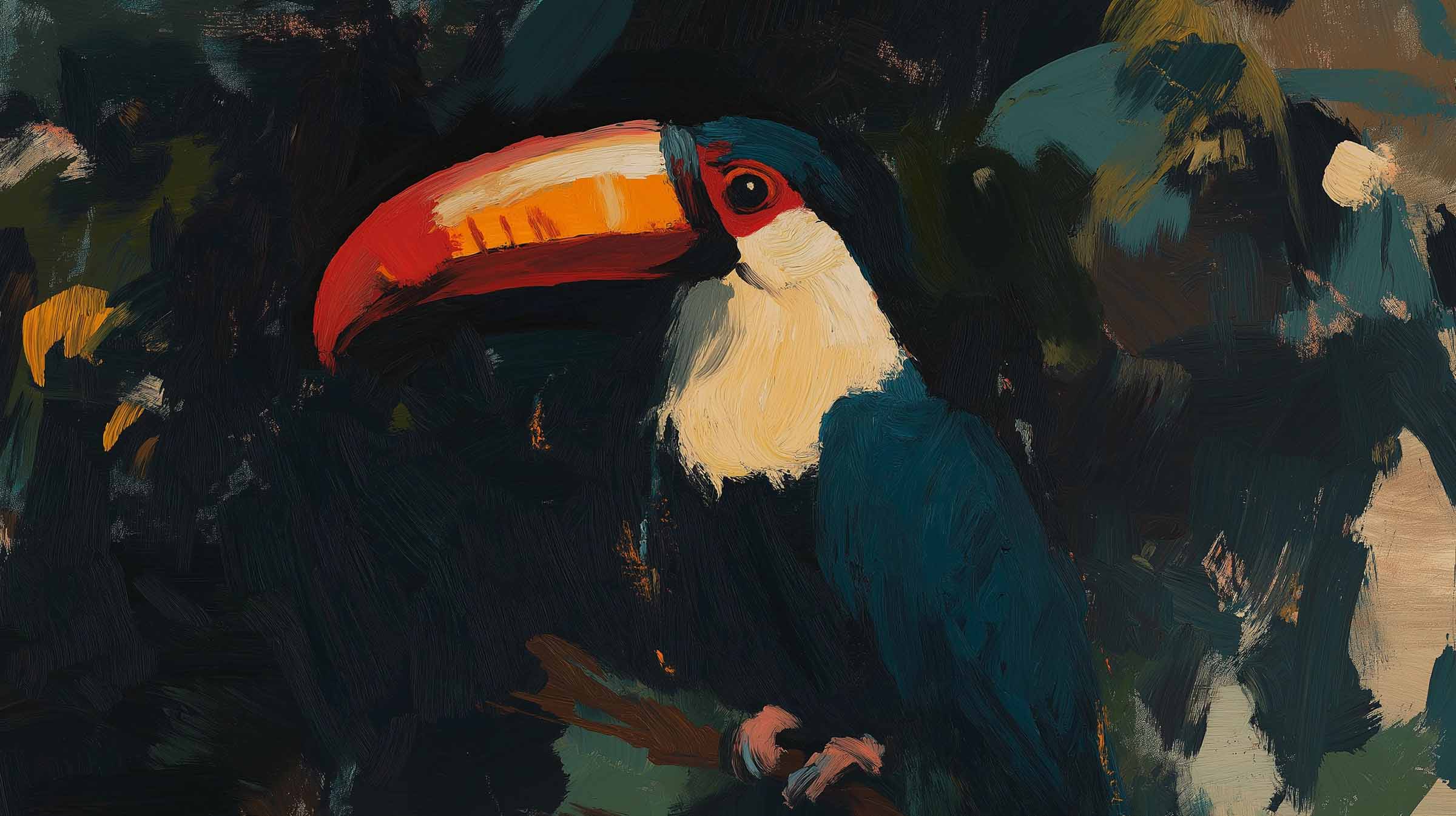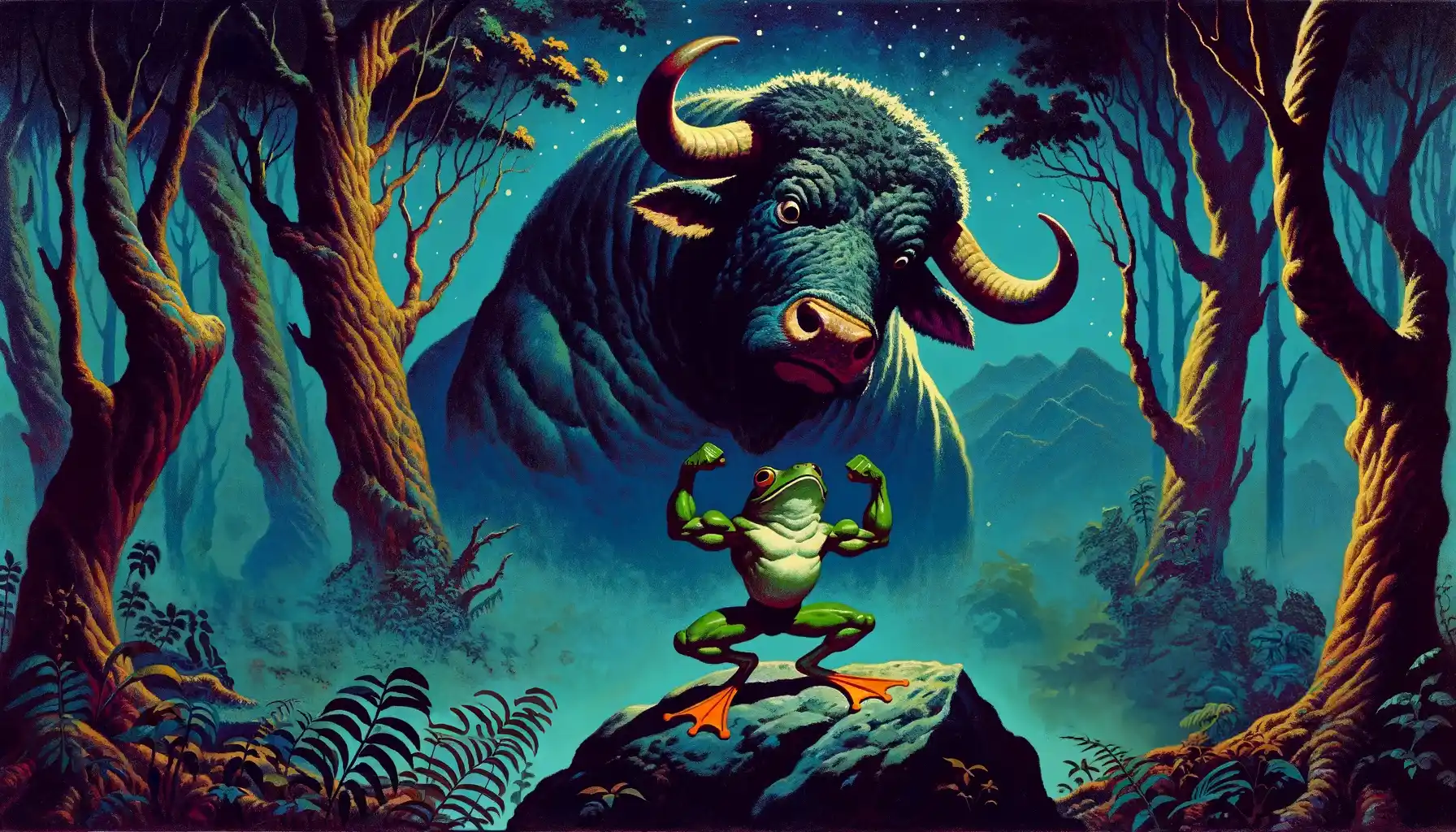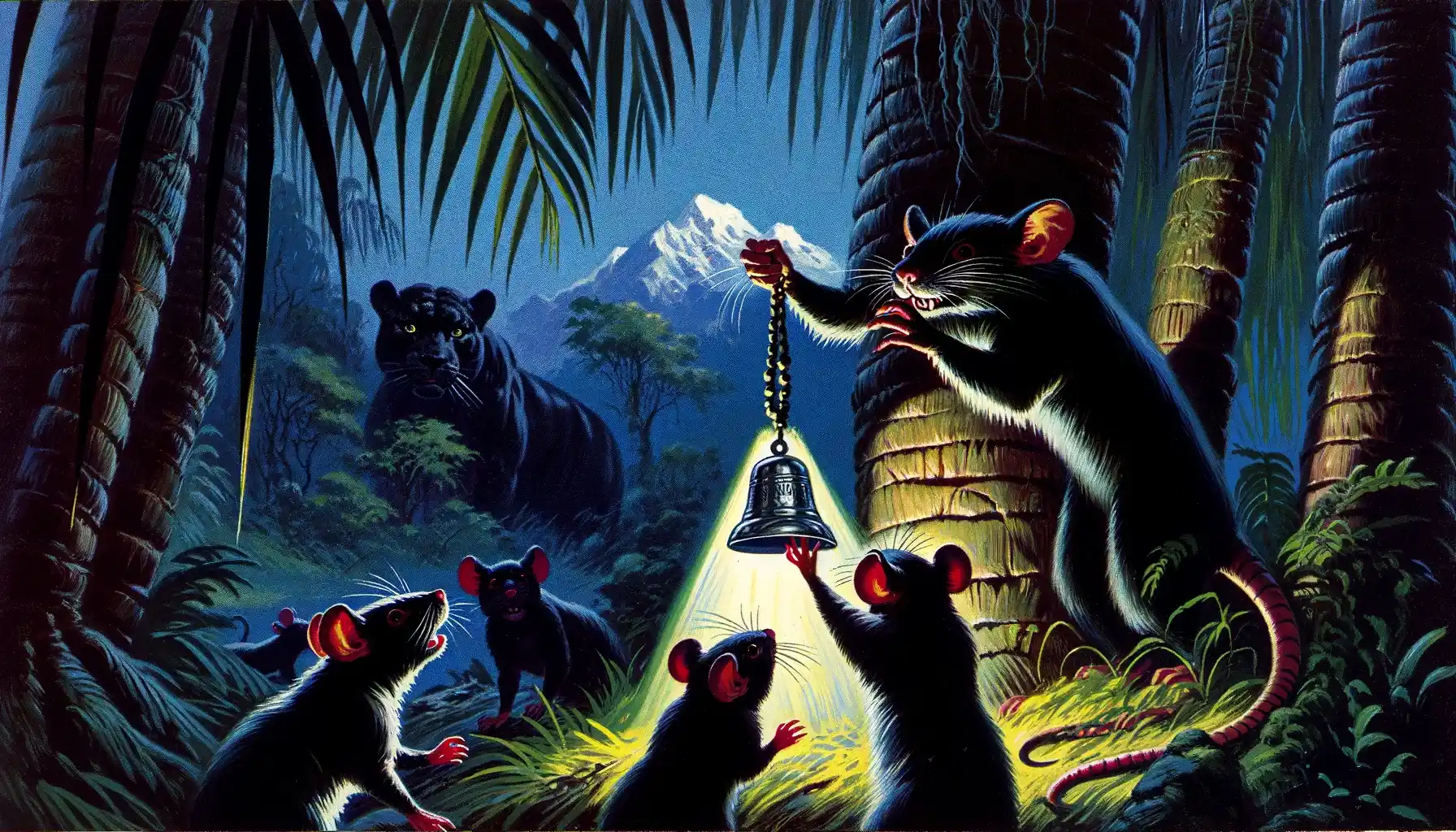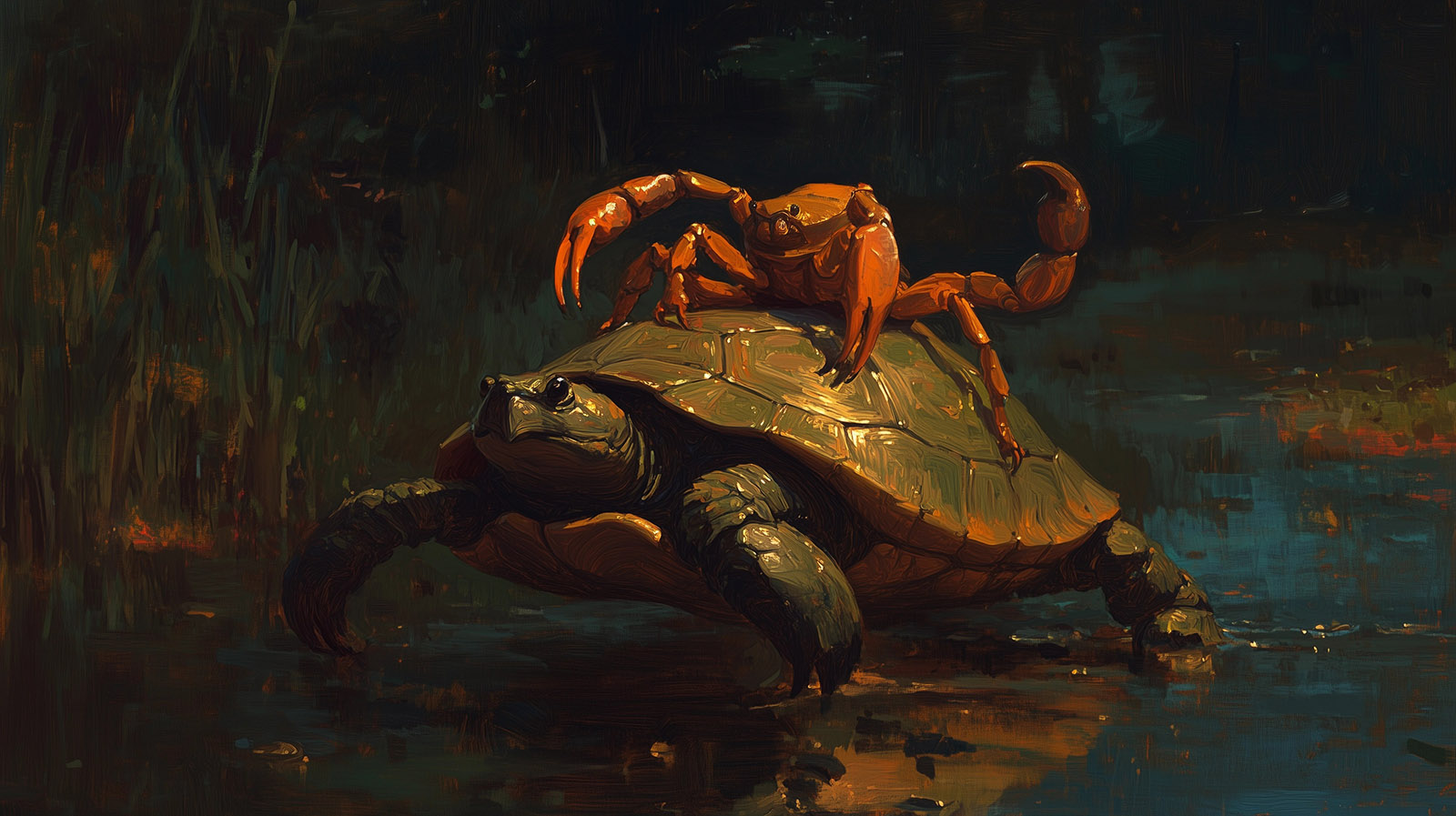Posts by Juan Artola Miranda
The Fable of the Lonely Toucan (Mexican Folktale)
The Fable of the Lonely Toucan is a folktale from the Yucatan Peninsula in Mexico. It’s an Aesopic fable about the hidden self-interest hidden beneath most friendships. I’ll explain the moral at the end.
This is a retelling in my own words.
Read MoreThe Difference Between Fables & Parables
Fables and parables are both ways of telling stories that convey moral lessons. They’re similar enough that the two words are often used interchangeably. Still, they sometimes differ in their characters, storytelling approach, and cultural origins.
Read MoreThe Frogs & the Ox (Aesop’s Fables)
The Man Who Never Lied (African Folktale)
The Man Who Never Lied is an old African folktale. It isn’t about lying. Not quite. The moral is far more useful than that. I’ll explain it at the end.
This is a retelling in my own words, but I’ve kept the meaning true to the original.
Read MoreThe Tale of the Midnight Goat Thief (African Folktale)
The Tale of the Midnight Goat Thief is a Ndebele folktale from Zimbabwe. It’s a dark fable with a grim conclusion, but it teaches an important moral lesson, which I’ll explain at the end.
This is a retelling in my own words. I’ve kept the meaning true to the original.
Read MoreThe Legend of the Pied Piper of Hamelin
The Pied Piper of Hamelin is the medieval legend of a town plagued by rats. It’s about the wandering bard who showed up during the height of the infestation. This bard wore vibrant clothes and promised to rid the town of rats in exchange for gold. The townspeople were desperate, and they agreed, but then the story takes a darker turn.
A legend is a historical but unverifiable story. In this case, there are records of a bard who called himself the Pied Piper showing up in the small German village of Hamelin in the year 1284. There are also records of 130 children being led astray and going missing. It’s reasonable to think that some parts of this legend might be true.
Pipers were wandering musicians who could be hired during festivities. They were of a lower class, often despised, and sometimes considered dangerous. They often wore pied (multicoloured) clothes.
The tale has been interpreted in different ways over the centuries. I’ll explain everything at the end.
Read MoreThe Legend of David & Goliath
The legend of David and Goliath comes from the Hebrew Bible. More specifically, from the Book of Samuel. I call it a legend. You might not.
Legends are historical but unverifiable stories. They’re the rivers that flow between myth and history. This particular legend is three thousand years old. I suspect it’s rooted in truth, but how much of that root remains? Even the Hebrew Bible is conflicted, unsure of whether David or Elhanan faced Goliath.
It’s reasonable to think David existed. Most historians agree that he eventually became the king of all the tribes of Israel. It’s said he rose to prominence after his encounter with the giant, Goliath. This is the story of that encounter.
I’ll tell the story in my own words while keeping it true to its original meaning. I’ll explain that meaning after.
Read MoreBelling the Cat (Medieval Fable)
Belling the Cat, also known as the Council of Mice, is a classic fable often attributed to Aesop. It’s unclear if Aesop really existed, and it’s even less likely he wrote this fable. It’s much more likely to be medieval.
The first record of the fable comes from Odo of Cheriton, a 12th-century English fabulist. The French fabulist Jean de la Fontaine made it even more popular when he included it in his 17th-century book of fables.
This is a retelling in my own words.
Read MoreThe Boy Who Cried Wolf (Aesop’s Fables)
The Boy Who Cried Wolf is one of Aesop’s most famous fables. It’s been popular for nearly 3,000 years and shows no signs of fading into the mists of time. It’s a dark story with two grim moral lessons, which I’ll explain at the end.
Some retellings soften the ending, attempting to make it more palatable for children. I’ve kept the ending as it was. Aesop’s fables were never meant for children. They’re often brutal. This is one of those.
Read MoreThe Scorpion & the Turtle (Persian Fable)
The fable of The Scorpion and the Turtle comes from the Anvaar Soheili, a collection of fables from the 15th-century Persian scholar Husayn Kashifi. It’s been largely forgotten, replaced by the darker Russian version, The Scorpion and the Frog.
The moral of the story is strange and layered. What at first seems obvious can be peeled back several times, revealing a dark, festering wound at its centre.
As is tradition, this a retelling in my own words
Read More









